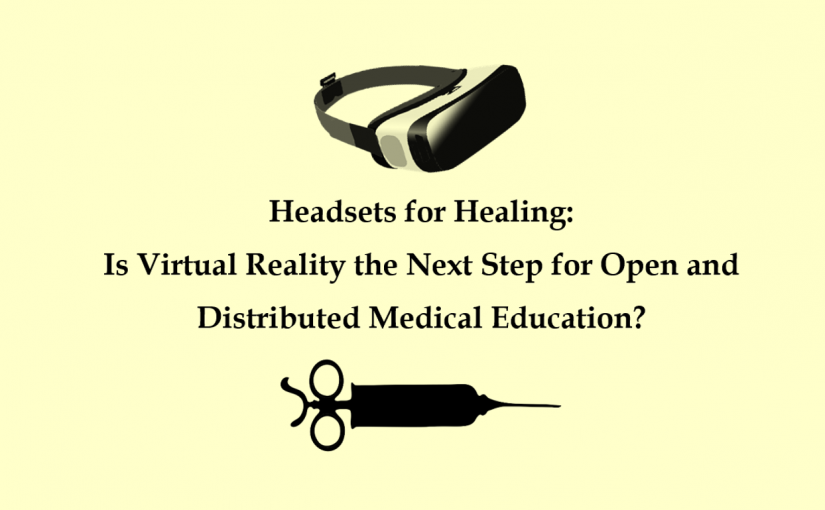VR has immense educational impact because of its immersive, stimulating, and multidimensional nature. VR’s pedagogical strengths lie in its media richness, and interactivity. The richness stems from the 360-degree audiovisual display of content. Because no patients or biological specimen are used, learners can practice their skills without putting others at risk. The director of the Queens University VR Health Sciences Clinical Simulation Centre, Dr. Dan Howes, claims “Virtual reality offers exciting new opportunities for us to realistically simulate a wide range of clinical situations. We want learners to make all their beginner mistakes in the virtual environment, not on real patients” (Queen’s University, 2018). By addressing these “beginner mistakes” with the simulation, no ethical boundaries are crossed during the early stages of hands-on education. VR also provides a reproducible educational experience; students can perfect their skills by repeating the simulations that they find the most challenging. Despite these educational affordances, VR’s efficacy relies on realistic simulation. For example, the structure and activity of an organ must be simulated with very high accuracy. Otherwise, learners may acquire skills and knowledge that are ineffective in real-life situations (Riva, 2003). Fortunately, this issue can be avoided as medical schools screen their software to ensure their institutions only use simulations that are up to their educational standards.
Dr. Justin Barad is the co-founder and CEO of Osso VR, an award-winning surgical training platform based in California. In the TED Talk below, he explains how VR has improved surgical training by providing repeatable, hands-on practice.
Navigation
- Introduction
- How is VR Currently Used in Medical Education?
- Students
- Ease of Use
- Cost
- Teaching
- Interaction
- Organizational Issues
- Novelty and Networking
- Security and Privacy
- Conclusion and Question
- References and Attribution
License
This work is licensed under Creative Commons (CC) Attribution 4.0 International

